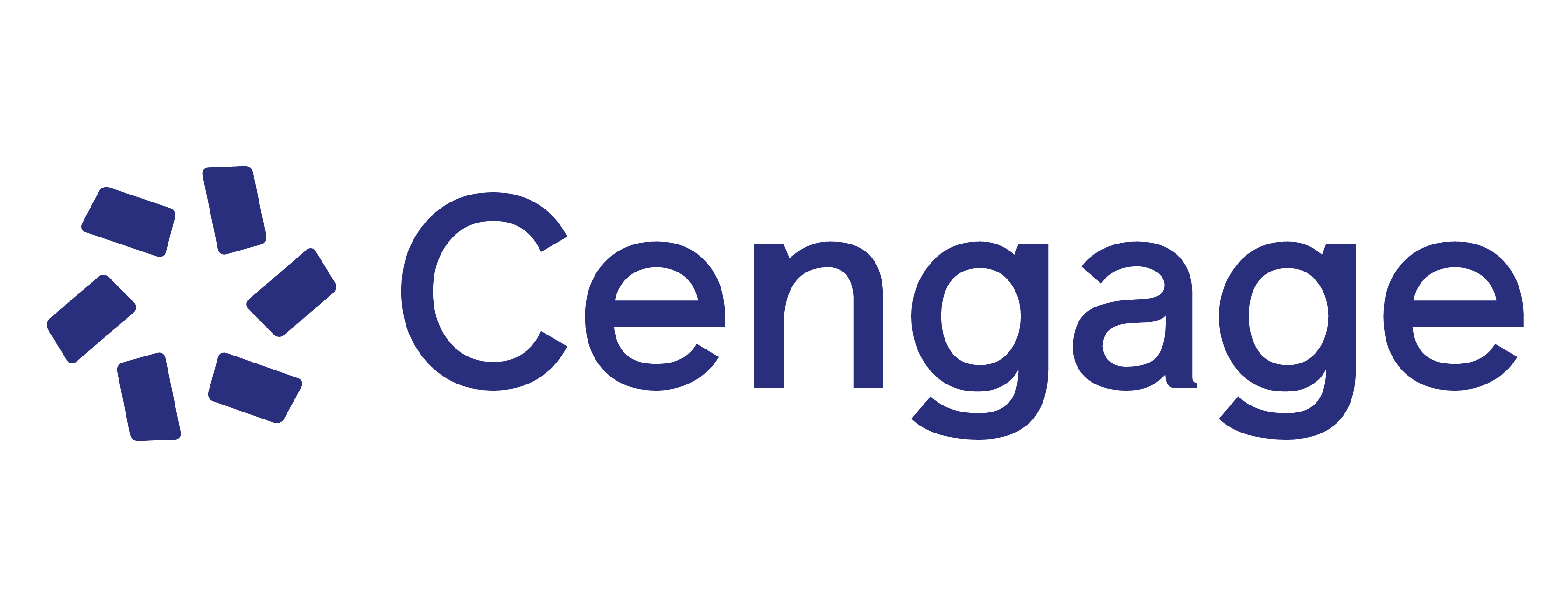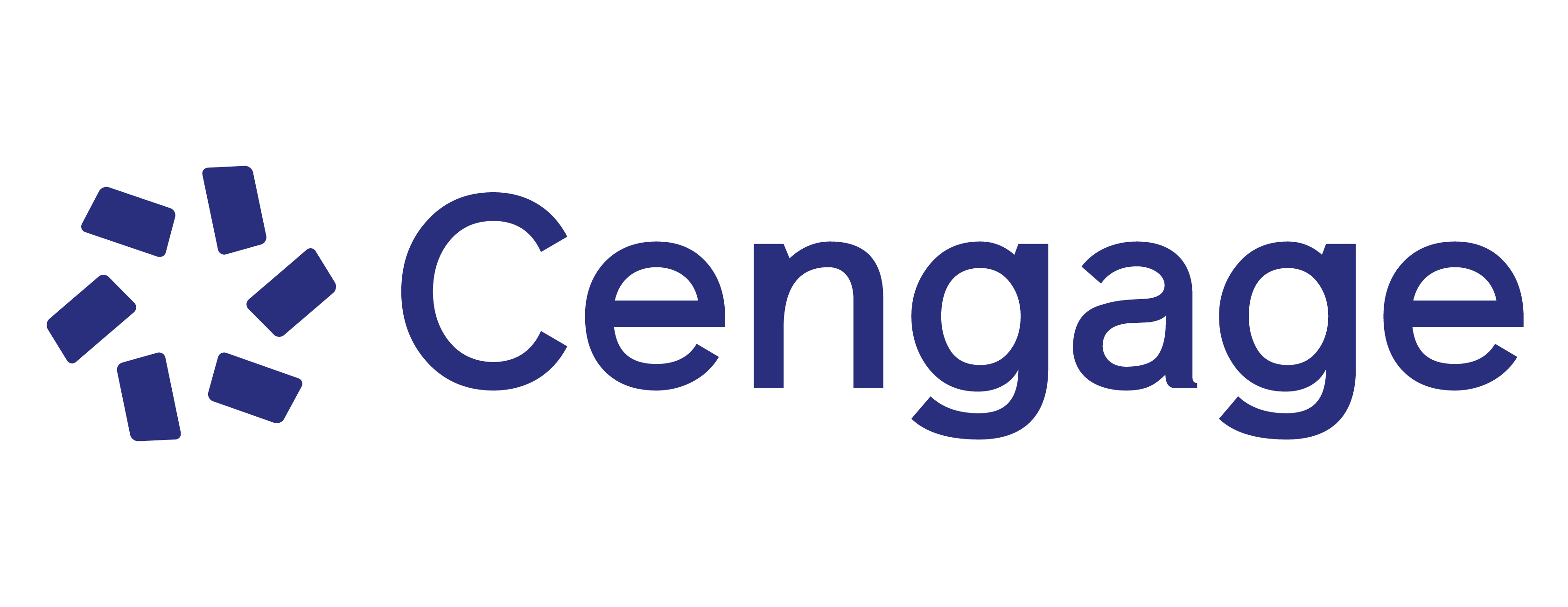TRIGONOMETRY is designed to help you learn to "think mathematically." With this text, you can stop relying on merely memorizing facts and mimicking examples—and instead develop true, lasting problem-solving skills. Clear and easy to read, TRIGONOMETRY illustrates how trigonometry is used and applied to real life, and helps you understand and retain what you learn in class.
1. FUNCTIONS AND GRAPHS.
Coordinate Geometry. Lines. What is a Function? Graphs of Functions. Getting Information from the Graph of a Function. Transformations of Functions. Combining Functions. One-to-One Functions and Their Inverses. Focus on Modeling: Fitting Lines to Data.
2. TRIGONOMETRIC FUNCTIONS: UNIT CIRCLE APPROACH.
The Unit Circle. Trigonometric Functions of Real Numbers. Trigonometric Graphs. More Trigonometric Graphs. Inverse Trigonometric Functions and Their Graphs. Modeling Harmonic Motion. Focus on Modeling: Fitting Sinusoidal Curves to Data.
3. TRIGONOMETRIC FUNCTIONS: RIGHT TRIANGLE APPROACH.
Angle Measure. Trigonometry of Right Triangles. Trigonometric Functions of Angles. Inverse Trigonometric Functions and Triangles. The Law of Sines. The Law of Cosines. Focus on Modeling: Surveying.
4. ANALYTIC TRIGONOMETRY.
Trigonometric Identities. Addition and Subtraction Formulas. Double-Angle, Half-Angle, and Product-Sum Formulas. Basic Trigonometric Equations. More Trigonometric Equations. Focus on Modeling: Traveling and Standing Waves.
5. POLAR COORDINATES AND PARAMETRIC EQUATIONS.
Polar Coordinates. Graphs of Polar Equations. Polar Form of Complex Numbers; DeMoivre's Theorem. Plane Curves and Parametric Equations. Focus on Modeling: The Path of a Projectile.
6. VECTORS IN TWO AND THREE DIMENSIONS.
Vectors in Two Dimensions. The Dot Product. Three-Dimensional Coordinate Geometry. Vectors in Three Dimensions. The Cross Product. Equations of Lines and Planes. Focus on Modeling: Vector Fields.
7. CONIC SECTIONS.
Parabolas. Ellipses. Hyperbolas. Shifted Conics. Rotation of Axes. Polar Equations of Conics. Focus on Modeling: Conics in Architecture.
8. EXPONENTIAL AND LOGARITHMIC FUNCTIONS.
Exponential Functions. The Natural Exponential Function. Logarithmic Functions. Laws of Logarithms. Exponential and Logarithmic Equations. Modeling with Exponential and Logarithmic Functions. Damped Harmonic Motion. Focus on Modeling: Fitting Exponential and Power Curves to Data.
APPENDIX A: Algebra Review.
Real Numbers. Exponents and Radicals. Algebraic Expressions. Equations. Inequalities.
APPENDIX B: Geometry Review.
Congruence and Similarity of Triangles. The Pythagorean Theorem.
APPENDIX C: Graphing Calculators.
Using a Graphing Calculator. Solving Equations and Inequalities Graphically.
-
James Stewart
The late James Stewart received his M.S. from Stanford University and his Ph.D. from the University of Toronto. He conducted research at the University of London and was influenced by the famous mathematician George Polya at Stanford University. Dr. Stewart most recently served as a professor of mathematics at McMaster University, and his research focused on harmonic analysis. Dr. Stewart authored a best-selling calculus textbook series, including CALCULUS, CALCULUS: EARLY TRANSCENDENTALS and CALCULUS: CONCEPTS AND CONTEXTS as well as a series of successful precalculus texts.
-
Lothar Redlin
The late Lothar Redlin grew up on Vancouver Island, received a Bachelor of Science degree from the University of Victoria, and a Ph.D. from McMaster University in 1978. He subsequently did research and taught at the University of Washington, the University of Waterloo, and California State University, Long Beach. He was most recently Professor of Mathematics at The Pennsylvania State University, Abington Campus. His research field was topology.
-
Saleem Watson
Saleem Watson received his Bachelor of Science degree from Andrews University in Michigan. He did graduate studies at Dalhousie University and McMaster University, where he received his Ph.D. in 1978. He subsequently did research at the Mathematics Institute of the University of Warsaw in Poland. He also taught at The Pennsylvania State University. He is currently Professor of Mathematics at California State University, Long Beach. His research field is functional analysis. Watson is a co-author on Stewart's best-selling Calculus franchise.
-
Exercise Sets: More than 20% of the exercises are new, including new Concept Exercises for each section. Key exercises are now linked to examples in the text to help students better understand the concepts involved as they do their homework.
-
Book Companion Website: A new website, www.stewartmath.com, contains Discovery Projects for each chapter and Focus on Problem Solving sections that highlight different problem-solving principles outlined in the Prologue. Though the book itself introduces the notion of problem solving to the student, the website provides reinforcement of that skill.
-
Chapter 1 Functions and Graphs: This chapter has been rewritten to focus more sharply on the fundamental and crucial concept of function. A new section entitled "Getting Information from the Graph of a Function" encourages students to think of the graph of a function as a tool for understanding the behavior of the function.
-
Chapter 2 Trigonometric Functions: Unit Circle Approach This chapter includes a new section on inverse trigonometric functions and their graphs. Introducing this topic here reinforces the "function" concept in the context of trigonometry.
-
Chapter 3 Trigonometric Functions: Right Triangle Approach This chapter includes a new section on inverse trigonometric functions and right triangles (Section 6.4), which is needed for applying the Laws of Sines and Cosines in the following section, as well as for solving trigonometric equations in Chapter 4. Whether or not you cover inverse trig functions in your course, complete content on this important topic is provided, better preparing students for calculus.
-
TRIGONOMETRY is the only text on the market that is structured so professors can begin with either the unit circle approach or the right triangle approach. The different approaches lead to different applications: the unit circle approach is used in modeling harmonic motion and the right triangle approach is used in measuring distances (for example, measuring the distance to the sun or nearby stars depends on right triangle trigonometry).
-
The authors make use of the graphing calculator whenever appropriate. Subsections, examples, and exercises that deal with graphing devices are labeled with an icon so that those who prefer not to use the graphing calculator can easily skip this material. For those students that use a graphing calculator, they are given a better understanding of how the calculator can work as an aid in solving problems. For students who do not use a graphing calculator, the material is presented optionally.
-
Each chapter ends with a FOCUS ON MODELING section that illustrates modeling techniques as well as how trigonometry can be applied to model real-life situations. These sections, as well as others, are devoted to teaching students how to create their own mathematical models, rather than using prefabricated formulas.
-
Real-World Applications from engineering, physics, chemistry, business, biology, environmental studies, and other fields demonstrate how trigonometry is used to model real-life situations.
-
Each exercise set ends with Discovery-Discussion problems that encourage students to first experiment with the concepts developed in the section and then to write about what they have learned, rather than simply look for an answer.
-
Review Sections and Chapter Tests are found at the end of each chapter. These are designed to help students gauge their progress. Brief answers to the odd-numbered exercises in each section, and to all questions in the Chapter Tests, are given at the back of the book.
-
The authors emphasize a problem-solving approach throughout the text that helps you develop the skills you need to solve unknown problems.
-
Each approach to trigonometric functions (unit circle and right triangle) is accompanied by the applications appropriate for that approach, clarifying the reasons for different approaches to trigonometry.
-
Each chapter ends with a FOCUS ON MODELING section that illustrates modeling techniques as well as how trigonometry can be applied to model real-life situations. These sections, as well as others, teach you how to create your own mathematical models, rather than using prefabricated formulas.
-
The authors make use of the graphing calculator whenever appropriate. Subsections, examples, and exercises that deal with graphing devices are labeled with an icon so that those who prefer not to use the graphing calculator can easily skip this material. If you use a graphing calculator, this will give you a better understanding of how the calculator can work as an aid in solving problems. If you not use a graphing calculator, the material is optional and easily passed over.
Text-Specific DVD for Stewart/Redlin/Watson's Trigonometry, Hybrid
9781111989842
Web Site for Stewart/Redlin/Watson's Trigonometry, 2nd
9781111741440
YouBook for Stewart/Redlin/Watson's Trigonometry
9781111678333


